Broad-leaved Arrowhead, also known as Duck Potato, is a perennial aquatic plant scientifically named Sagittaria latifolia. Belonging to the Alismataceae family, this species is native to Southern Canada, much of the contiguous United States, and Mexico.
Broad-leaved Arrowhead is recognized for its striking arrowhead-shaped leaves and grows to a height of 30 to 122 cm. During the blooming season, from summer to fall, it produces delicate white flowers with yellow or green centers. This hardy plant thrives in full sun to partial shade and is typically found in wet ditches, along streams, or in shallow water.
| Common name | Broad-leaved Arrowhead, Duck Potato |
| Botanical name | Sagittaria latifolia |
| Family | Alismataceae |
| Species | latifolia |
| Origin | Southern Canada, most of the contiguous US and Mexico |
| Life cycle | Perennial |
| Plant type | Herbaceous Perennial |
| Hardiness zone | 3, 4, 5, 6, 7, 8, 9, 10, 11 |
| Sunlight | Full Sun |
| Soil condition | Loam |
| Drainage | Poorly Drained |
| Harvest time | Fall |
| Flowering period | Fall |
| Height | 2 ft. – 2 ft. 8 in. |
| Flower color | White |
| Leaf color | Green |
| Fruit color | Brown, Copper |
| Flower benefit | Showy |
| Garden style | Native Garden |
| Uses | Coastal |
I. Appearance and Characteristics
Sagittaria latifolia is a plant found in shallow wetlands and is sometimes known as broadleaf arrowhead, duck-potato, Indian potato, or wapato. This plant produces edible tubers that have traditionally been extensively used by Native Americans.
Sagittaria latifolia is native to southern Canada and most of the contiguous United States, as well as Mexico, Central America, Colombia, Venezuela, Ecuador, and Cuba. It is also naturalized in Hawaii, Puerto Rico, Bhutan, Australia and much of Europe (France, Spain, Italy, Romania, Germany, Switzerland, the Czech Republic, and European Russia). In Mexico, it is reported from Campeche, Nayarit, Tabasco, Tamaulipas, Puebla, Jalisco, Durango, Tlaxcala, Estado de México, Veracruz and Michoacán.
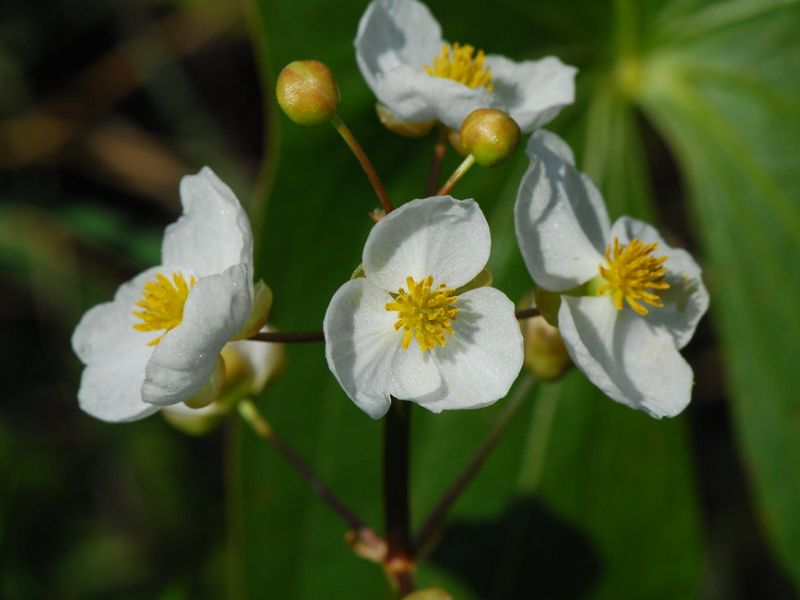
It can be found in wet areas such as ponds and swamps.
Sagittaria latifolia is a variably sized perennial, ranging from 2 to 20 metres (6+1⁄2 to 65+1⁄2 feet) in length and growing in colonies that can cover large areas of ground. The roots are white and thin, with the green and white mother plant producing white tubers ranging from 0.3 to 1 m (12 to 39+1⁄2 in) long and 0.15 to 0.6 m (6 to 23+1⁄2 in) deep, covered with a purplish skin.
The plant produces rosettes of leaves and an inflorescence on a long rigid scape. The leaves are extremely variable, from 10–50 cm (4–19+1⁄2 in) in length and 1 to 2 cm (1⁄2 to 3⁄4 in) thin to wedge-shaped like those of S. cuneata. Spongy and solid, the leaves have parallel venation meeting in the middle and the extremities.
The inflorescence is a raceme about 90 cm (35 in) above water and composed of white flowers whorled by threes, blooming from July to September. The flowers are about 2–4 cm (3⁄4–1+1⁄2 in) wide and usually divided into female on the lower part and male on the upper part of the plant, although some specimens are dioecious. The flowers have three round, white petals and three very short curved, dark green sepals. Flower sex is easy to determine due to the dissimilarity between the 25 to 50 yellow stamens of the male and the sphere of green carpels of the female ones.
Extremely frequent as an emergent plant, broadleaf arrowhead forms dense colonies on very wet soils that become more open as the species mixes with other species of deeper water levels. These colonies form long bands following the curves of rivers, ponds and lakes, well-marked by the dark green color of the leaves. The plant has strong roots and can survive through wide variations of the water level, slow currents and waves. It displays an affinity for high levels of phosphates and hard waters.
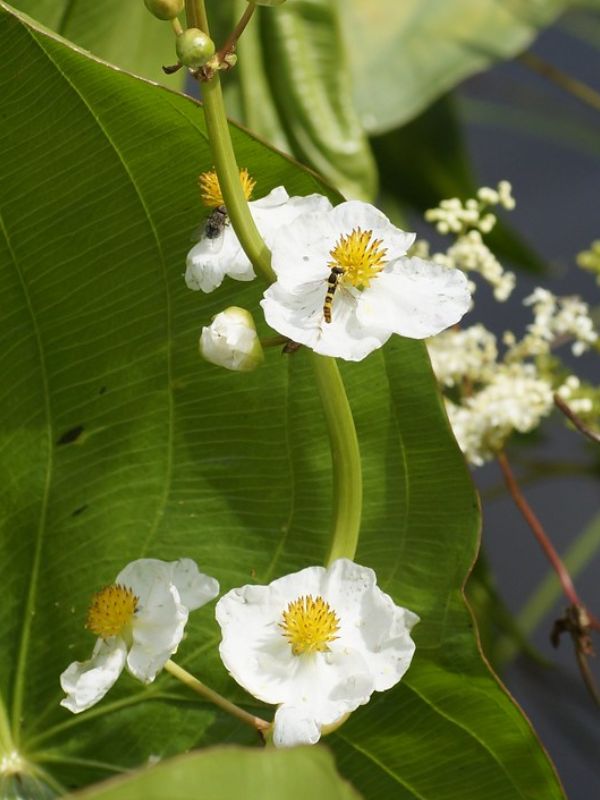
Despite the name “duck potato”, ducks rarely consume the tubers, which are usually buried too deep for them to reach, although they often eat the seeds. Beavers, North American Porcupines, and muskrats eat the whole plant, tubers included. Native Americans are alleged to have opened muskrat houses to obtain their collection of roots.
This plant is vulnerable to aphids and spider mites.
II. How to Grow and Care
Watering
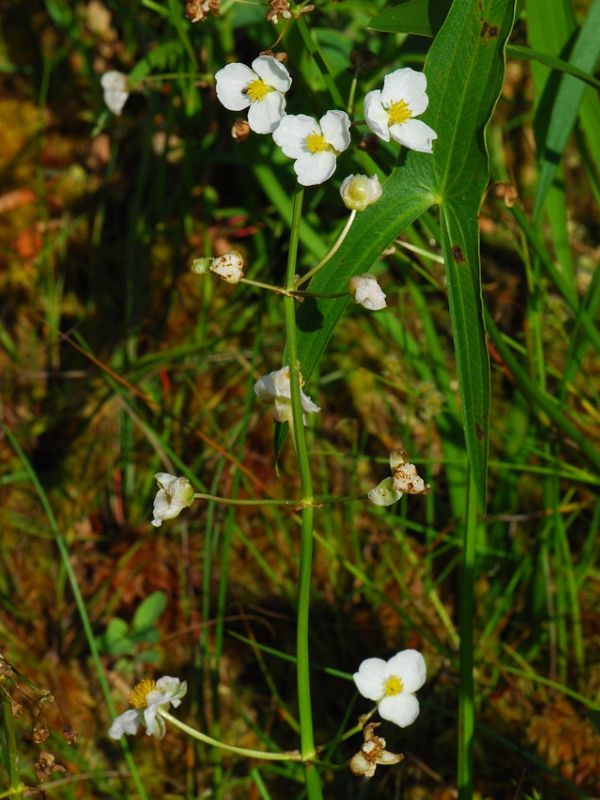
Native to wetland areas, broadleaf arrowhead thrives in environments with high moisture levels and is well-adapted to standing water. This species exhibits a preference for consistent hydration, aligning with its natural habitat’s conditions. Its watering schedule should reflect this, necessitating a routine of twice a week to maintain optimal soil moisture.
Given that broadleaf arrowhead is typically found outdoors near bodies of water, it has developed an affinity for saturated soils, making it an ideal candidate for rain gardens or pond margins where it can capitalize on natural rainfall patterns.
Propagation
This plant is easily cultivated in 0.15 to 0.45 m (6 to 17+1⁄2 in) of water with no or little current. The tubers are planted well spaced (no more than 12 plants per square meter) at the end of May at a depth of 5 to 7 cm (2 to 3 in). Fertilize with decomposed manure. They can be multiplied through seeding or division in July.
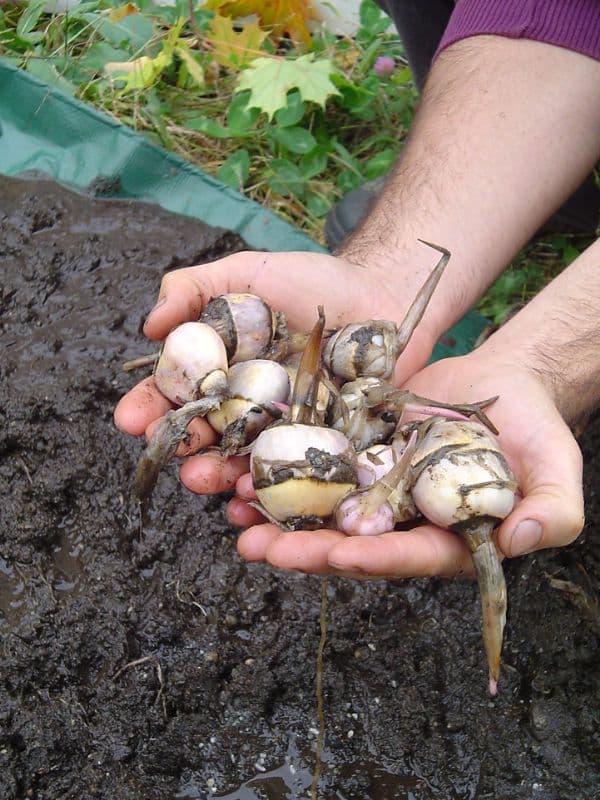
The starchy tubers, produced by rhizomes beneath the wet ground surface, have long been an important food source to the indigenous peoples of the Americas, along with those of S. cuneata.
The tubers can be detached from the ground in various ways: with the feet, a pitchfork, or a stick, and after digging up, the tubers usually float to the surface. Ripe tubers can be collected in the autumn, and are also often found floating freely.
Transplanting
The prime time to transplant broadleaf arrowhead coincides with spring (S1), ensuring the plant thrives in its new location. Opt for partially shaded or sunny areas with wet to moist soil conditions. When transplanting, respect its preferences for a water-rich environment. Remember, educated transplanting reaps healthy plants!
III. Uses and Benefits
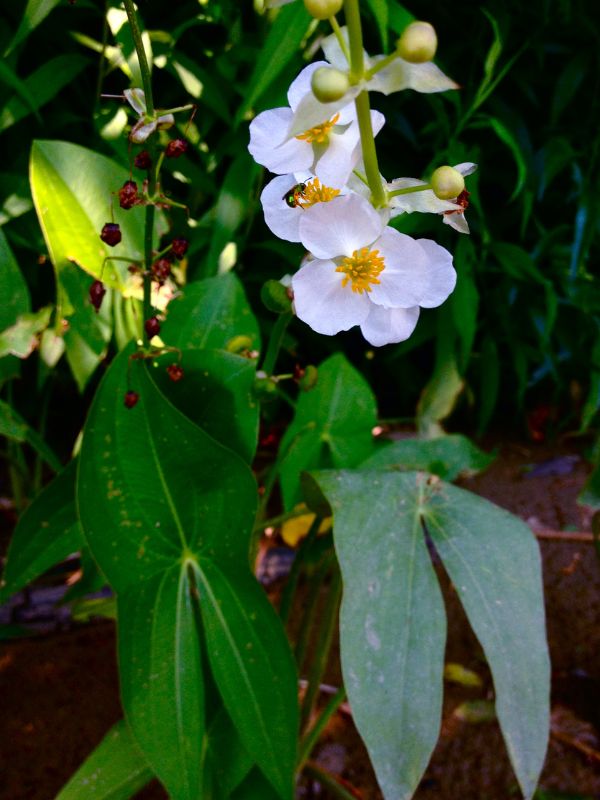
The starchy tubers were consumed by Native Americans in the lower Columbia River basin, in addition to the Omaha and Cherokee nations. The tubers can be eaten raw or cooked for 15 to 20 minutes. The taste is similar to potatoes and chestnuts, and they can be prepared in the same fashions: roasting, frying, boiling, and so on. They can also be sliced and dried to prepare flour.
Other edible parts include late summer buds and fruits.
Find Where to Buy the Best Broad-leaved Arrowhead (Sagittaria latifolia)

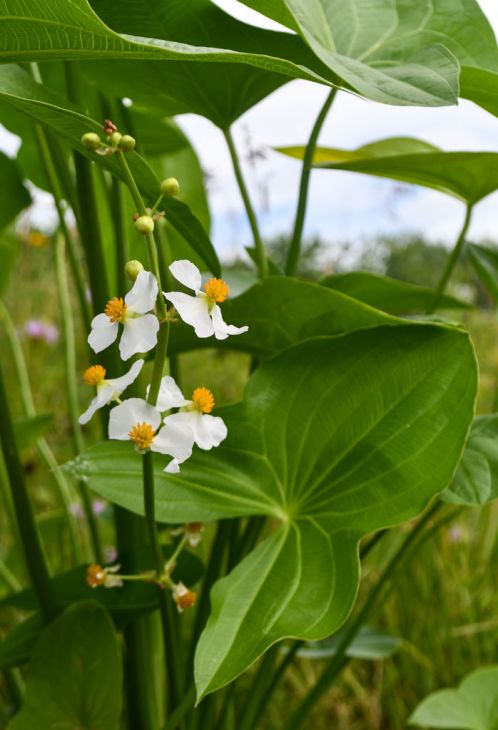

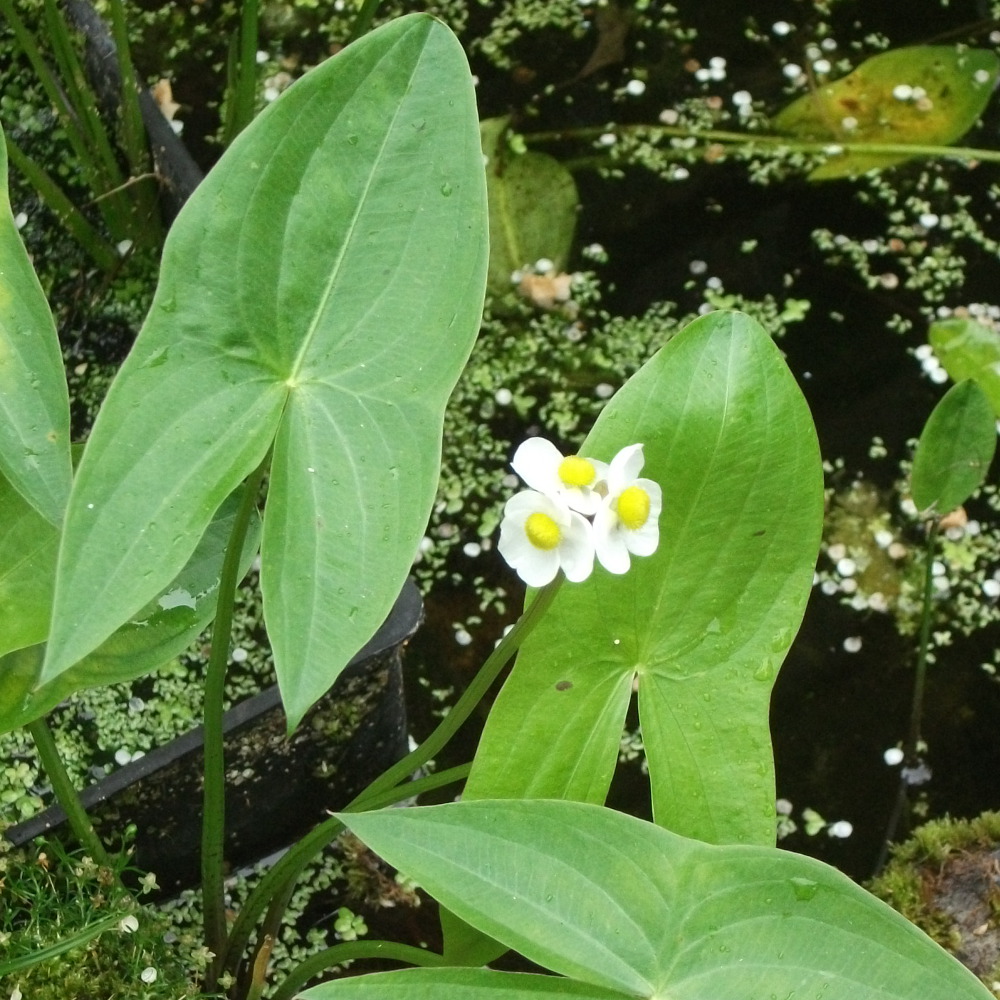

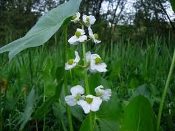



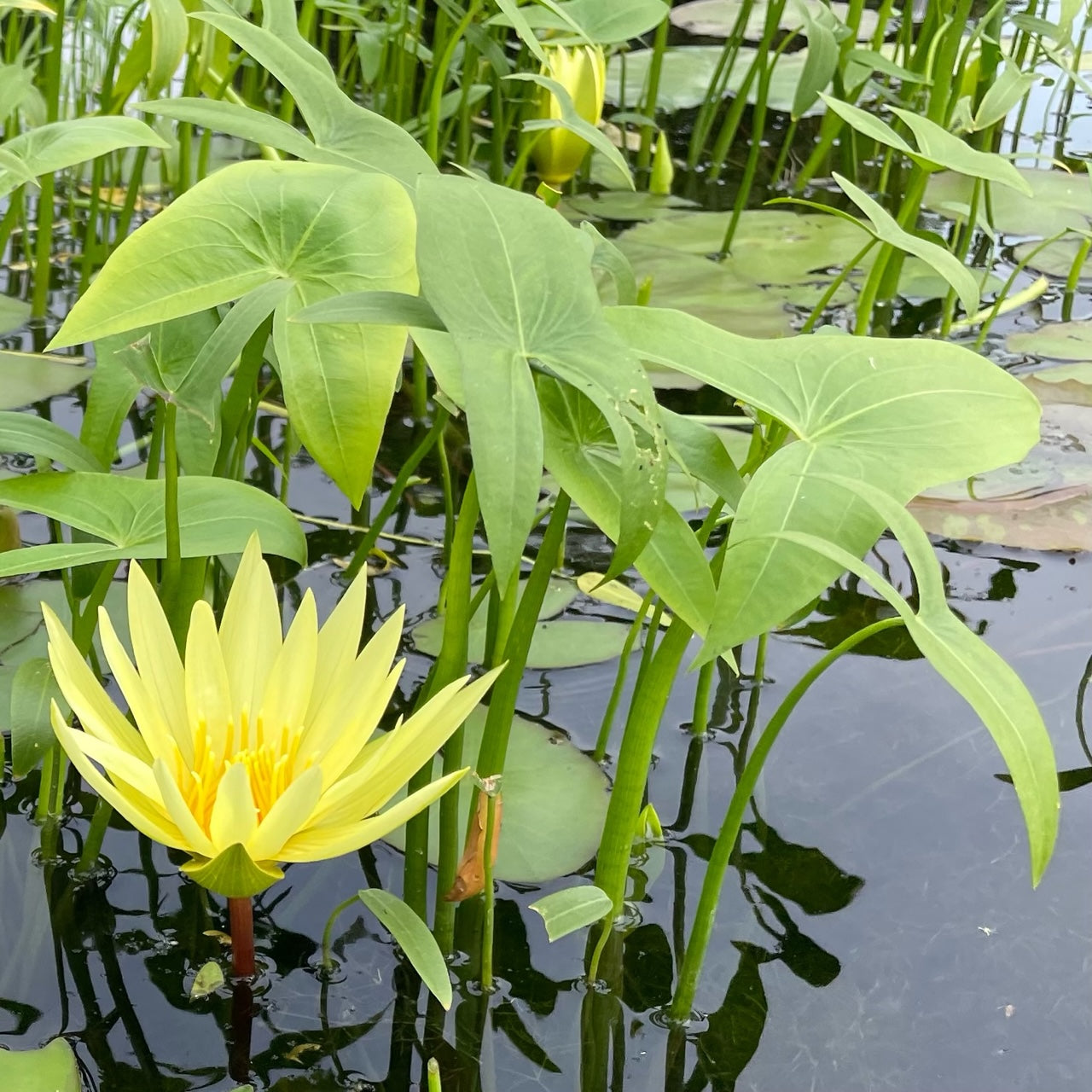
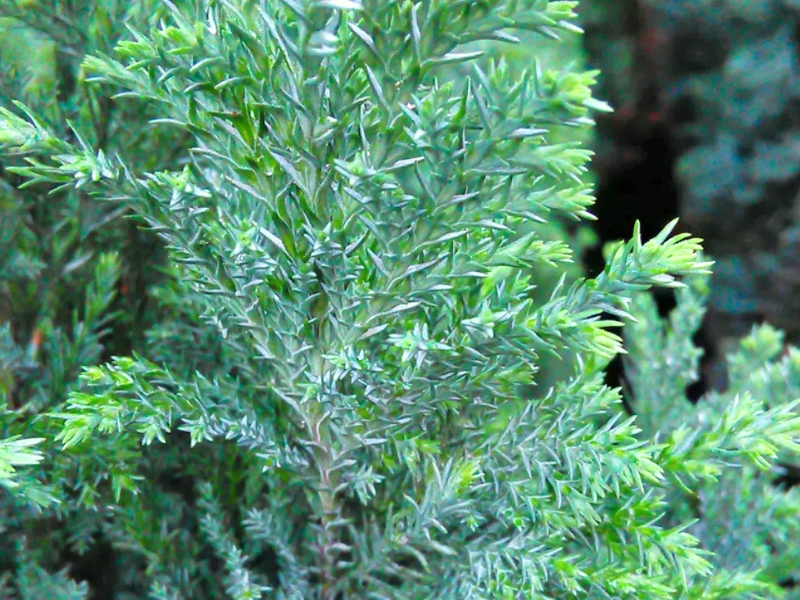
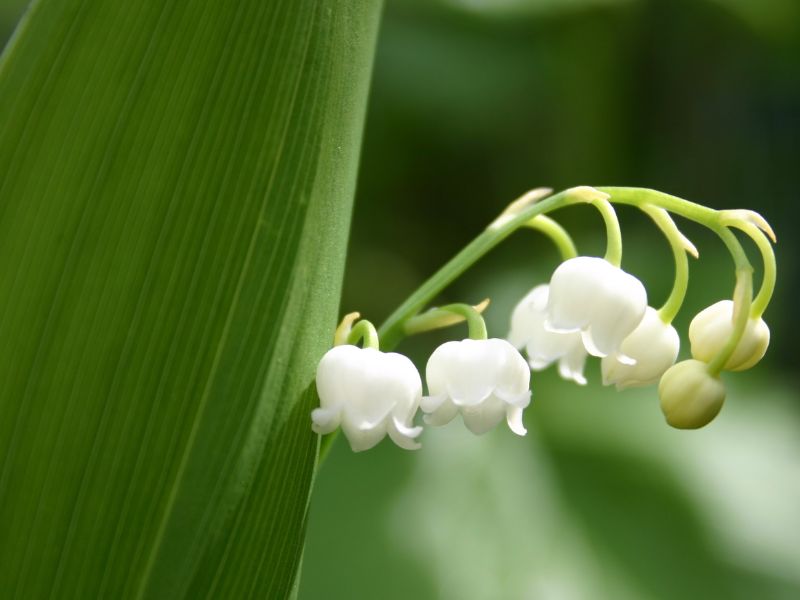
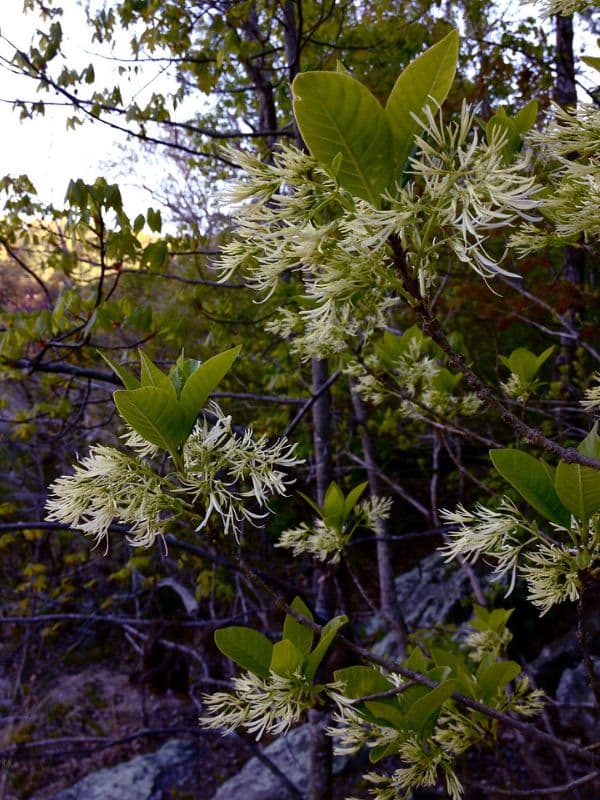

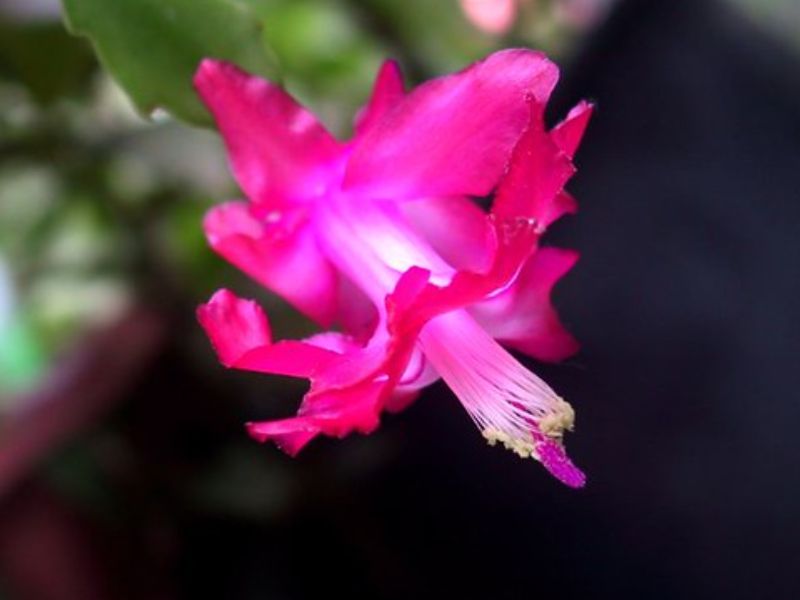
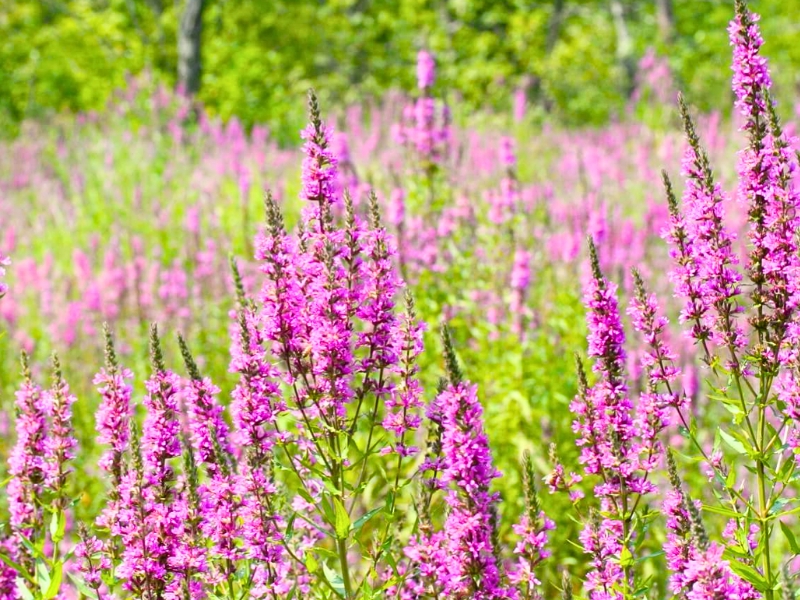
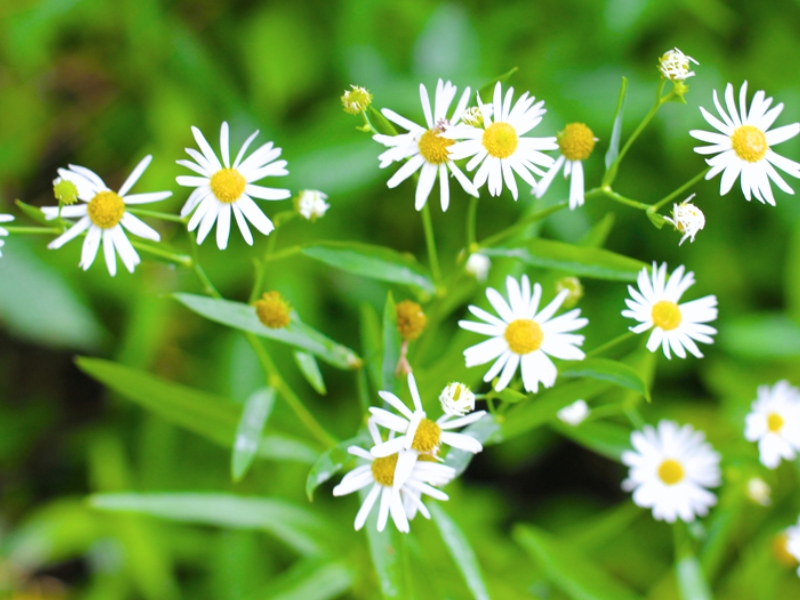
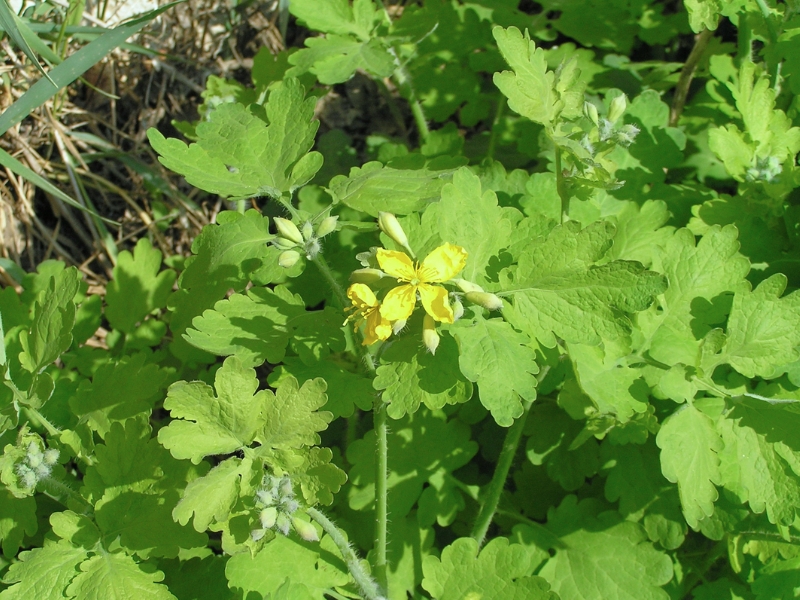
Leave a Reply